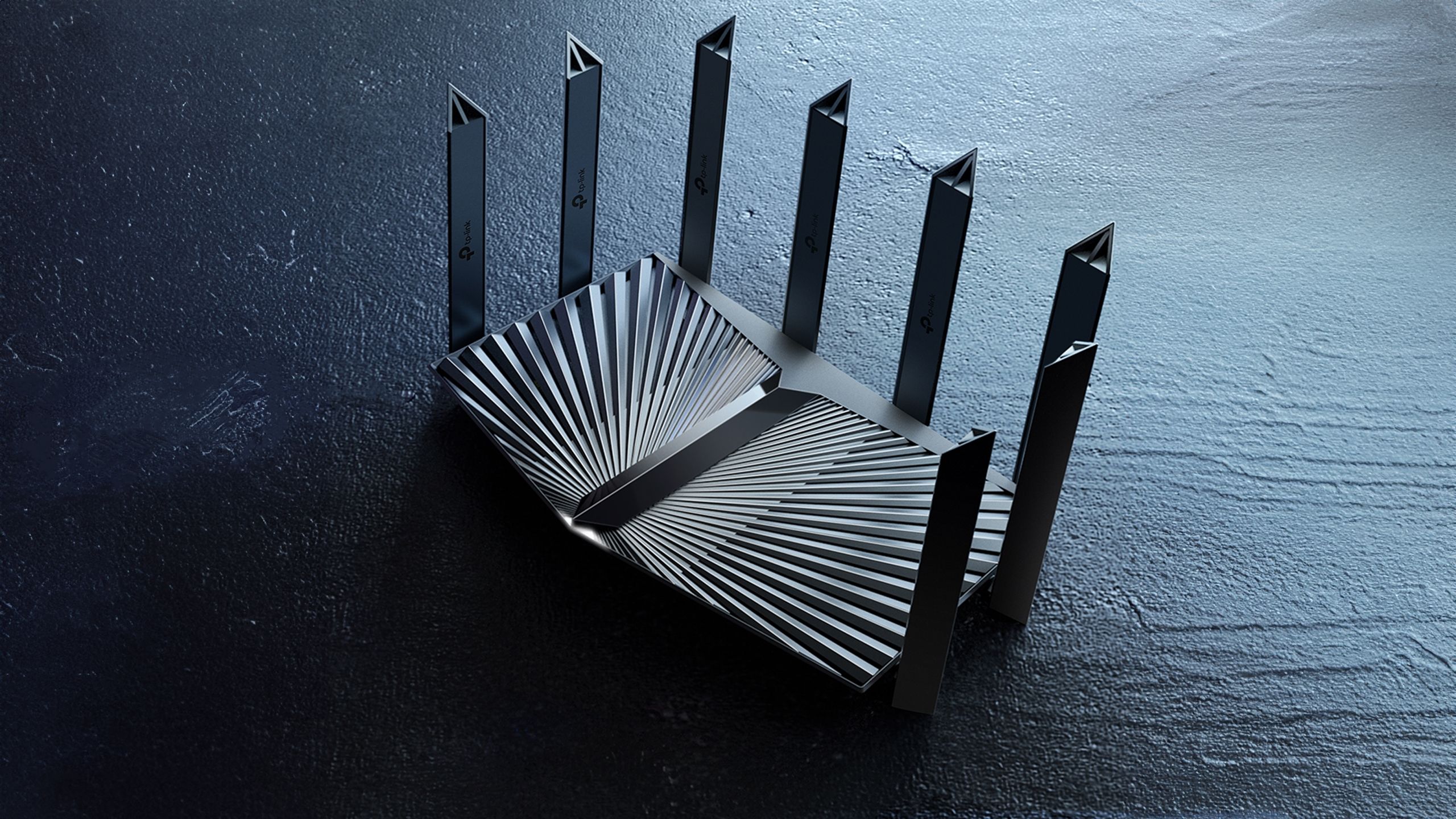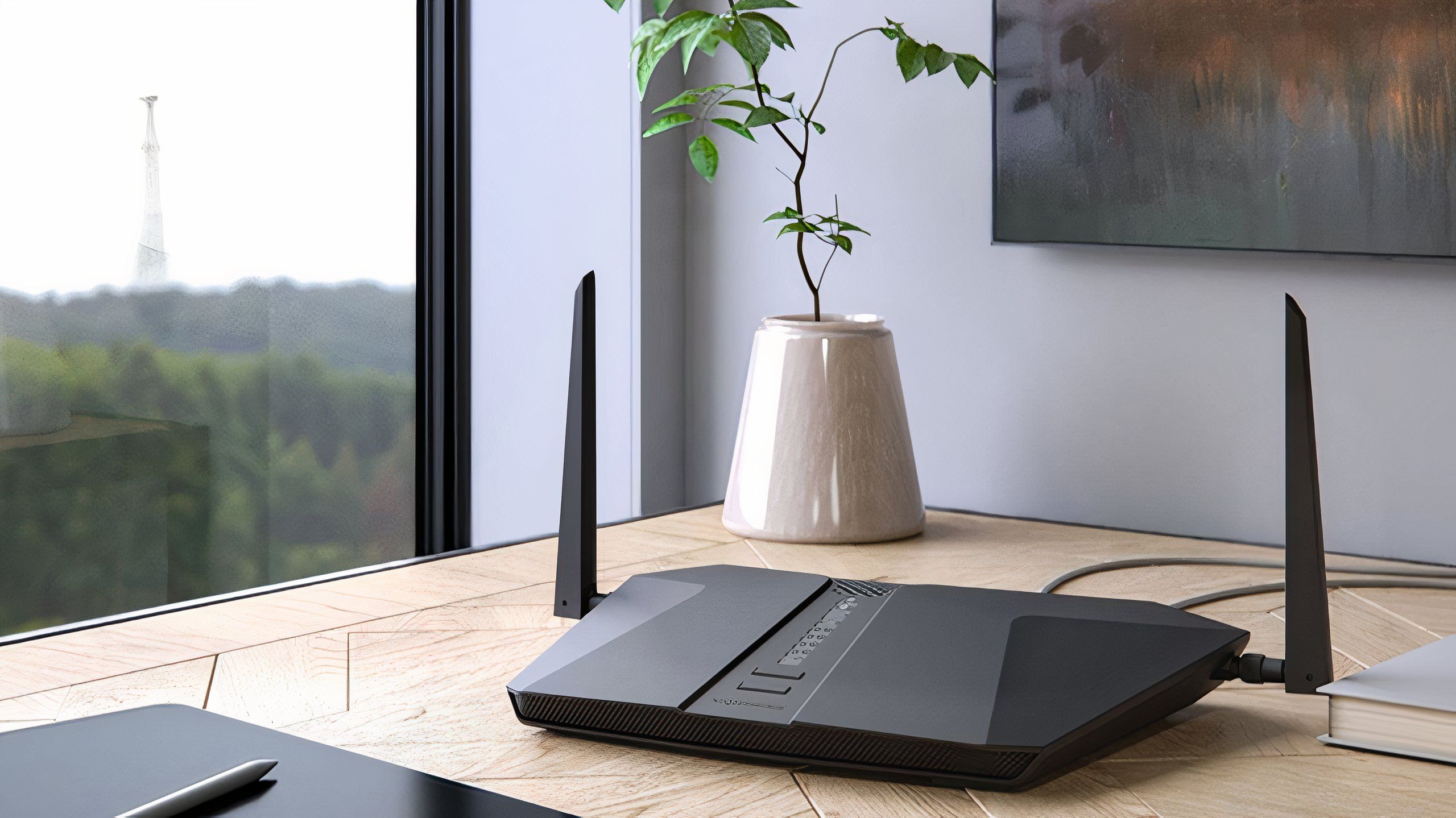Summary
- Placing your Wi-Fi router on the ground causes signal interference and obstructs signal spread.
- Elevate the router if you can, preferably at least three to five feet — for better signal reach and less interference.
- Test different positions to improve Wi-Fi signal strength and prevent connectivity issues.
I rely on a variety of tech on a daily basis, whether it’s my phone, laptop, smartwatch, or TV. However, one thing that matters most when I’m at home with all these devices is a reliable Wi-Fi connection. Without Wi-Fi, I’d be stuck using mobile data all the time, which isn’t exactly the most optimal way to download and play games, as well as stream lots of TV shows and movies.
That said, an equally important part of your home Wi-Fi setup is the placement of your router. If you want a stronger and more reliable Wi-Fi signal, sometimes it’s as simple as repositioning your router within your house. But one thing you should always avoid is placing your Wi-Fi router directly on the ground.
For one, if you have pets, such as a cat or dog, it becomes a magnet for them. My cat, in particular, loves to bite anything that has a wire coming out of it, so placing my router on the ground is an immediate no-go. However, besides the danger of your furry friend knocking it over or biting it, placing your router on the ground has other negative side effects that are best avoided. Access to the internet is vital nowadays, and placing your router in the right spot can make all the difference, preventing a lot of frustration.
Why you shouldn’t place your Wi-Fi router on the ground
The Wi-Fi signal is more susceptible to being obstructed
The main reason to avoid placing your router on the ground is to prevent potential signal interference. The ground can block your router’s signal, especially if it’s on concrete or other dense flooring types like carpet or wood. Why? Because the floor can absorb some of your router’s Wi-Fi signal, leading to decreased coverage and possibly creating Wi-Fi dead zones — areas where you can’t get any signal at all, which isn’t fun.
Wi-Fi signals usually spread upward, outward and downward, so placing your router on the floor means losing that downward signal spread. Plus, if the router is on the ground, nearby objects like furniture or electronics can easily disrupt its signal.
Think of your Wi-Fi signal like a speaker or a light — if you set a speaker on the ground, the sound doesn’t travel as well as it does when it’s elevated…
Simply put, if your Wi-Fi router is on the floor, it faces more obstacles than if it were raised. Its signal must pass through tables, cabinets, bookshelves, appliances, beds, and possibly even people before reaching your device. By the time it gets there, it might be slower. Think of your Wi-Fi signal like a speaker or a light — if you set a speaker on the ground, the sound doesn’t travel as well as it does when it’s elevated. The same goes for any light source like a lamp; if placed on the ground, the light doesn’t spread as far as it does when it’s on a table. The same principle applies to Wi-Fi signals.
Another reason to avoid putting your router on the ground is the risk of damage from dust or debris, especially if it’s on a carpet, which can generate static shocks. Routers aren’t cheap, and the last thing you want is for it to accumulate dust or get damaged. They also generate heat, which the ground may not dissipate well, potentially leading to overheating over time.
How should you place your Wi-Fi router?
Elevation is key
With all that in mind, the best way to position your router is to elevate it as high as possible. If you can place it 3 feet above the ground, that’s great, but 5 feet is even better. However, this depends on your network setup and what is practical in your living space.
When your Wi-Fi router is raised, its signals can spread more freely throughout your space and encounter less interference. As I mentioned earlier, Wi-Fi signals spread upward, outward and downward, so elevating the router helps it disperse the signal more effectively. An elevated Wi-Fi signal also cannot bounce off nearby objects like a couch or table as easily, and it’s less accessible for pets to tamper with.
…I recommend testing the placement of your Wi-Fi router in different locations and seeing where you can get the best signal by running a speed test.
The first time I set up my Wi-Fi router after moving into my current place, I initially placed it on the ground in the basement while we were still setting up, and the upstairs signal was terrible. The room it was in had a concrete floor (which is a bad idea, as I alluded to earlier), and that was undoubtedly affecting the signal. Just elevating the router and rearranging some wires made a significant difference, and the signal upstairs improved greatly.
That said, it’s ideal to place your router in a central location within your house. This helps the router spread its Wi-Fi signal more evenly. Understandably, depending on your setup, this might not be feasible; however, as long as you can position it higher up, that should help regardless.
Finally, I recommend testing the placement of your Wi-Fi router in different locations and seeing where you can get the best signal by running a speed test. This is what I did to help fix my upstairs Wi-Fi, and sometimes just adjusting the positioning slightly can help you achieve the results you want. Just remember, try to avoid placing your router on the ground.











